| |
| |
| |
| Presented By Facebook |
| |
| Axios AM |
| By Mike Allen ·Feb 28, 2022 |
| Hello, Monday. It's the last day of February. Smart Brevity™ count: 1,417 words ... 5½ mins. Edited by Zachary Basu. |
| |
| |
| 1 big thing: New nuclear threat |
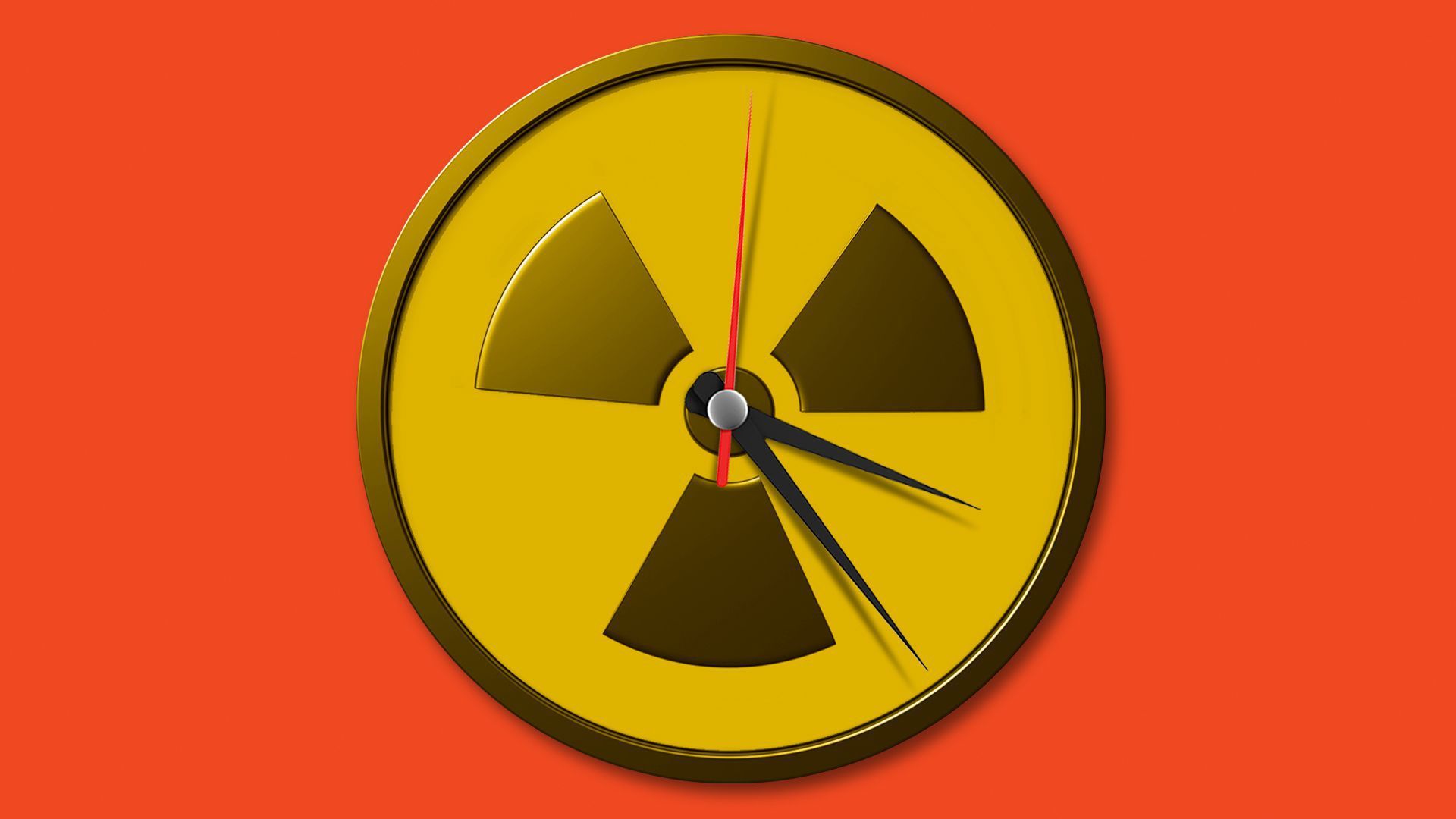 |
|
| Illustration: Annelise Capossela/Axios |
| |
| Russia's invasion of Ukraine had looked very old-fashioned — columns of tanks, prisoners of war, bombed buildings. But now Russia and the West have wheeled out nuclear options — one literal, the other financial — although neither has actually been used. - Why it matters: This isn't just about Ukraine anymore. It has turned into a full-blown confrontation between nuclear powers. If the conflict continues to escalate as quickly as it has in recent days, the unthinkable could become reality, Axios' Felix Salmon writes.
🧠 Zoom out: Cutting Russia off from the international financial system has been referred to in recent days as "the nuclear option." Some of that has already happened, and the West has committed to even more: - Russia's largest banks are now unable to operate in the dollar-based financial system.
- Today, Russia's Central Bank raised its key rate from 9.5% to 20% in a desperate attempt to prevent a run on banks.
- Russian banks' ability to easily transact in dollars and euros will be severely hampered when they get removed from SWIFT, the financial-messaging system that undergirds nearly all international money transfers. (Axios SWIFT explainer)
Putin's response to the sanctions announcement — and to what he called "aggressive statements" from the West — was to put his nuclear forces into a "special regime of combat duty." 💡 This is the second time Putin has alluded to Russia's nuclear arsenal while effectively warning the West to back off, Axios World author Dave Lawler points out. - In a statement at the onset of the invasion, Putin said anyone who tried to "hinder us" would face "such consequences that you have never encountered in your history."
Between the lines: Fear of a standoff between nuclear powers is a big part of the reason the U.S. and its NATO allies have been so adamant that they won't send troops to Ukraine. |
    |
| |
| |
| 2. 🇺🇦 What happened while you slept |
| Ukraine Defense Minister Oleksii Reznikov (second from left) arrives today for talks in Belarus' Gomel region. Photo by Sergei Kholodilin/BELTA/AFP via Getty Images Ukraine's delegation arrived today on the border of Belarus for talks with Russia. Latest. - The war — seemingly quieter last night than in past nights — could escalate significantly if Russia gets military help from neighboring Belarus, which is expected to send troops into Ukraine as soon as today, a senior U.S. intelligence official told AP.
- President Volodymyr Zelensky called for Ukraine's immediate accession to the European Union in his latest address — one day after the EU's chief executive said Ukraine is "one of us and we want them in."
- Russian markets were in total free fall, as the ruble plunged to record lows against the dollar and the Bank of Russia said it will not open stock trading on the Moscow Exchange today.
By the numbers: Russia has fired 350+ missiles at Ukrainian targets, some hitting civilian infrastructure, a senior U.S. defense official told Reuters. - More than 500,000 refugees have fled to neighboring countries — including Poland, Hungary, Romania and Moldova — the U.N. said.
- Airbnb said it will offer free, short-term housing to up to 100,000 refugees fleeing Ukraine.
Go deeper with the Axios Ukraine dashboard. |
    |
| |
| |
| 3. 🛰️ Satellite eye: Convoy converges on Kyiv |
 |
|
| Satellite image: 2022 Maxar Technologies |
| |
| Maxar satellite images showed a 3.25-mile convoy of Russian ground forces 40 miles northeast of Kyiv, rolling toward the capital yesterday. - Why it matters: U.S. and Ukrainian officials believe Russia's primary military objective is to encircle Kyiv and topple the government.
Maxar said the convoy includes hundreds of military vehicles, including fuel, logistics and armored vehicles — tanks, infantry fighting vehicles and self-propelled artillery. |
    |
| |
| |
| A message from Facebook |
| We're making investments in safety and security — and seeing results |
| |
 |
| |
| Facebook has invested $13 billion over the last 5 years to help keep you safe. Since July, we've taken action on: - 34.7M pieces of explicit adult content.
- 26.6M pieces of violent and graphic content.
- 9.8M pieces of terrorism-related content.
See how we're working to help you connect safely. |
| |
| |
| 4. New data: Climate change imperils nearly half the globe |
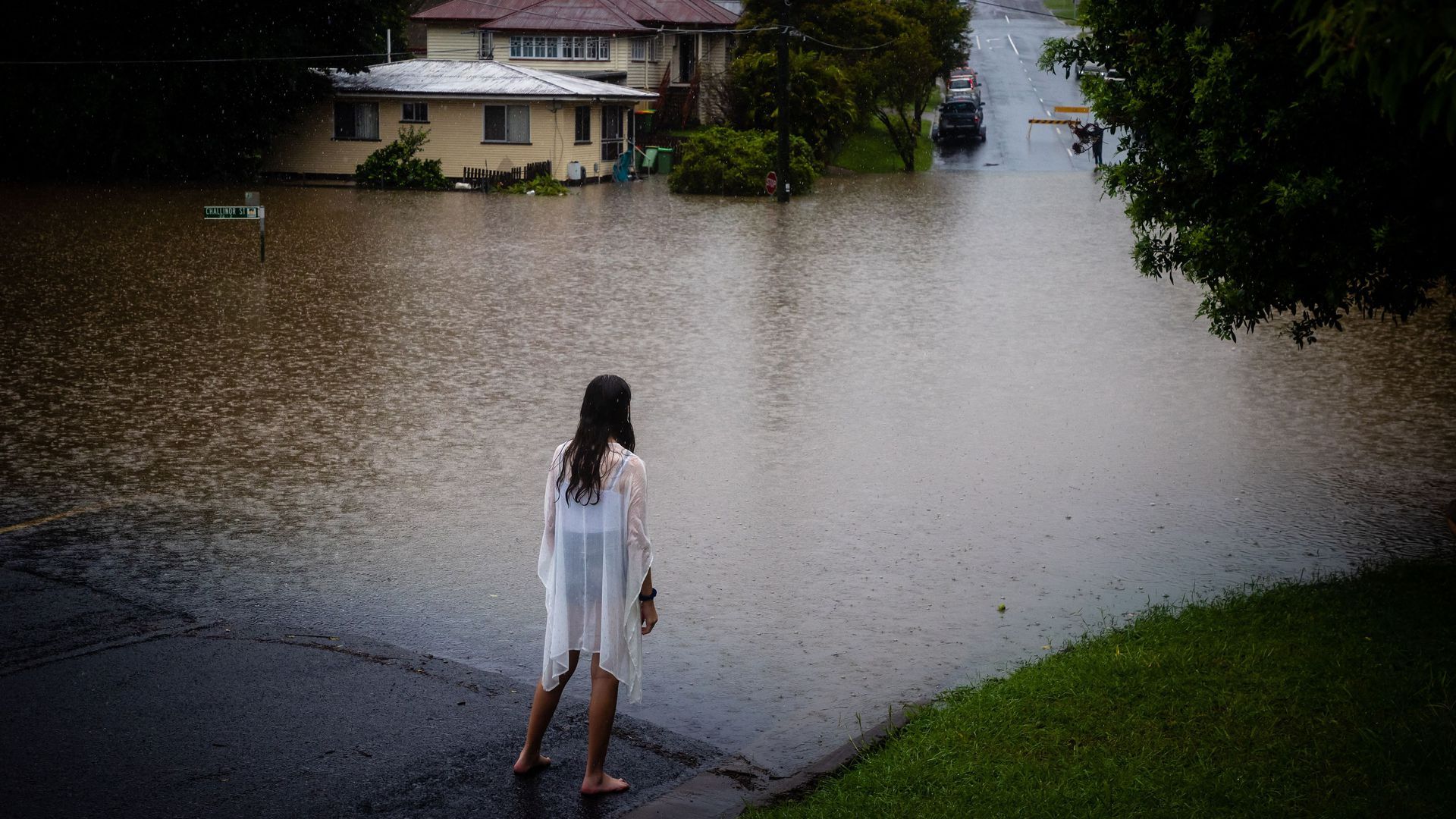 |
|
| Floodwaters rise in Australia on Saturday. Photo: Patrick Hamilton/AFP via Getty Images |
| |
| New overnight: A U.N.-sponsored assessment of climate change finds that global warming is reshaping the world more rapidly and severely than was known several years ago, Axios' Andrew Freedman reports. - Why it matters: The report finds that climate change is affecting every person's physical and mental health, and classifies nearly half of the global population as being "highly vulnerable" to climate impacts.
U.N. Secretary-General António Guterres described the report as an "Atlas of human suffering." - The report, from the U.N. Intergovernmental Panel on Climate Change, finds irreversible losses are occurring among some warm water coral reefs, coastal wetlands and some rain forests.
Reality check: The report isn't all doom and gloom. It repeatedly emphasizes that if society takes steps to limit warming, it would prevent many, though not all, of the worst impacts. - For example, it says, residents of a coastal community could implement measures to combat sea level rise, ranging from an early warning system for flooding events to raising the height of roads and homes along the water's edge.
The report says climate change is taking a toll on mental health — mainly from trauma related to extreme weather, including wildfires, and loss of livelihoods and culture. |
    |
| |
| |
| 5. 📷 Pics of the day: World rallies for Ukraine |
| Photo: Fabrizio Bensch/Reuters More than 100,000 people rallied at Berlin's Brandenburg Gate to protest the invasion — including many families with children, some waving yellow-and-blue Ukrainian flags. Photo by Cris Toala Olivares: Getty Images In Amsterdam, The Netherlands, thousands of people showed solidarity with Ukraine at Dam Square. |
    |
| |
| |
| 6. 🎒 Student edition: Maps make news |
| Data: Institute for the Study of War. Map: Licensed from The New York Times Young people we chatted with over the weekend were fascinated by the war — and hungry for crystal-clear insight amid the fog of coverage. Axios AM today launches "Student Edition" to answer your questions. - We hope you'll share this feature with your friends.
I liked the New York Times map above because it shows this fight goes back 8 years, when Russia illegally took territory from Ukraine. Then the map updates Russia's continuing land grab through yesterday. - Here's a clever timeline showing how we got here, with huge global events along the top, and Russia's reaction running along the bottom.
Google Maps disabled its feature showing traffic conditions in Ukraine, and live information about how busy stores are, Reuters reports. - Why it matters: It's part of Big Tech companies' increasing efforts to protect Ukrainians while their country is under siege.
The backstory: In the tweet above, a professor at Middlebury Institute of International Studies in Monterey, Calif., said Google Maps showed a "traffic jam" in Ukraine ... that was actually Russian armor moving toward the border, hours before Vladimir Putin announced the invasion. - Tweet translation: IFVs are infantry fighting vehicles. APCs are armored personnel carriers.
Go deeper: How Big Tech is responding to the war. - ⁉️ What question would you like answered? Ask me anything: mike@axios.com.
|
    |
| |
| |
| 7. Romney's moment |
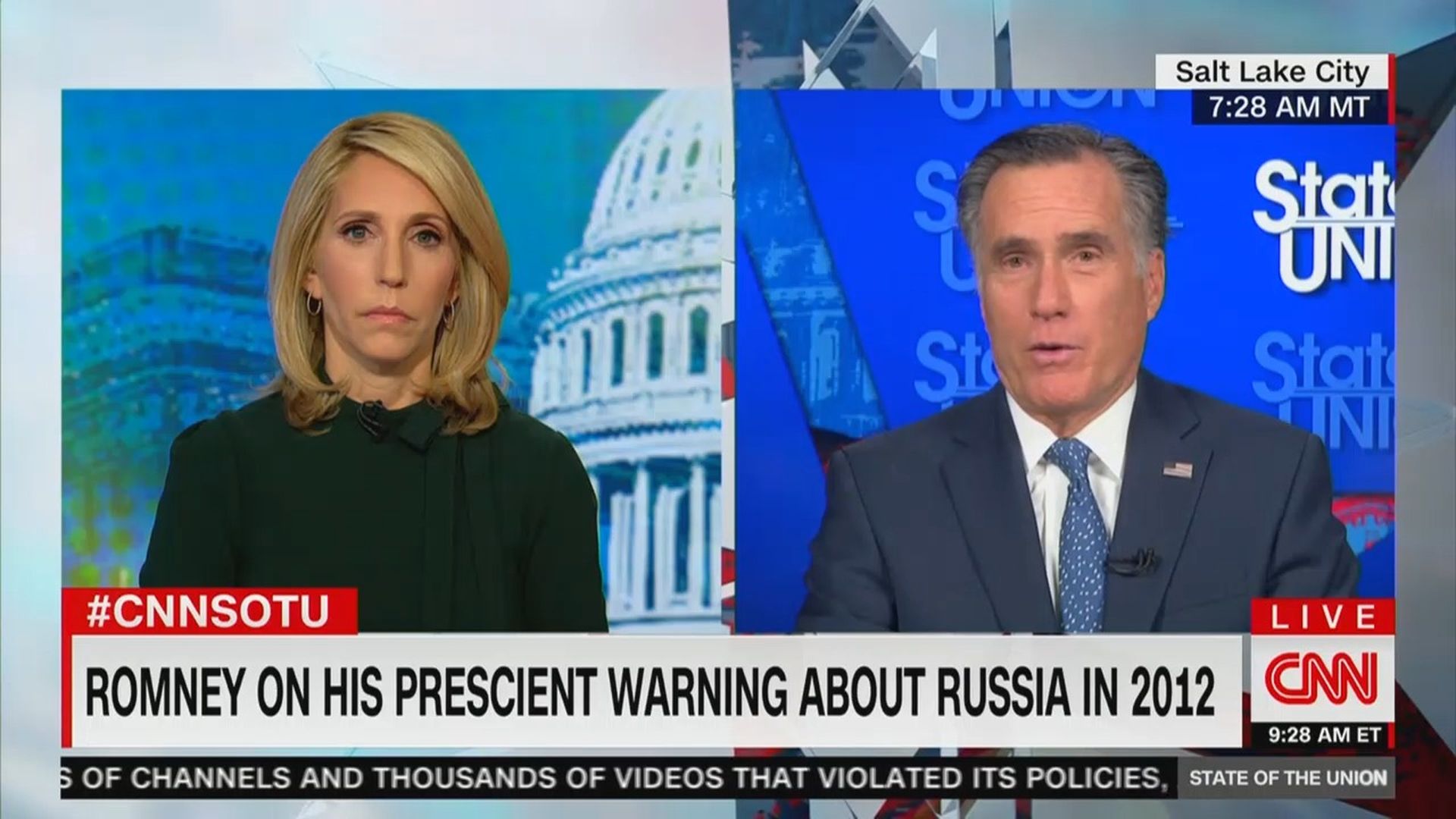 |
|
| Screenshot: CNN's "State of the Union" |
| |
| Sen. Mitt Romney (R-Utah) took a victory lap yesterday after his 2012 debate comment that Russia is "our No. 1 geopolitical foe" — mocked at the time — turned out to age rather well. - "They basically poke us in the eye everywhere they can," Romney told Dana Bash on CNN's "State of the Union."
- "[A] small, evil, feral-eyed man ... is trying to shape the world in the image where once again Russia would be an empire."
🥊 Asked about Reps. Marjorie Taylor Greene and Paul Gosar — Republicans who spoke at a white-nationalist conference — Romney said: "I don't know them, but I'm reminded of that old line from the 'Butch Cassidy and the Sundance Kid' movie, where one character says: 'Morons. I have got morons on my team.'" |
    |
| |
| |
| 8. ✈️ 1 for the road: Secret behind airline points |
 |
|
| Illustration: Aïda Amer/Axios |
| |
| Delta Air Lines is joining the "buy now, pay later" craze, a new wrinkle in a wave of airline marketing schemes designed to lock in customer loyalty ahead of what experts say could be the busiest travel season ever. - Why it matters: Loyalty programs are huge money-makers for airlines. This year's pent-up travel demand gives them a rare opportunity, when habits are up for grabs, to boost brand "stickiness" and diversify their revenue, Joann Muller writes for Axios What's Next.
Delta has said its long-term deal with American Express is expected to bring in as much as $7 billion in revenue annually by 2023. - "The airlines realized there's a lot more opportunity to make money from these programs than just engendering loyalty," David Slotnick, senior aviation business reporter at The Points Guy, tells Axios.
🧠 How it works: Airlines make money by selling frequent-flier points to banks, which then award them to credit card holders as rewards for purchases, such as hotel bookings and restaurants or groceries. - Airlines are paid 1 to 1.5 cents per mile by the banks, plus a bonus when new customers sign up for the branded credit card.
Today's loyalty programs extend beyond flying. Delta SkyMiles members can get a free Instacart Express trial for up to 12 months — and earn miles with every grocery delivery. |
    |
| |
| |
| A message from Facebook |
| We're making investments in safety and security — and seeing results |
| |
 |
| |
| Facebook has invested $13 billion over the last 5 years to help keep you safe. Since July, we've taken action on: - 34.7M pieces of explicit adult content.
- 26.6M pieces of violent and graphic content.
- 9.8M pieces of terrorism-related content.
See how we're working to help you connect safely. |
| |
| 📬 Sign up here for your own personal copy of Axios AM and Axios PM. |
 | Bring the strength of Smart Brevity® to your team — more effective communications, powered by Axios HQ. | | |







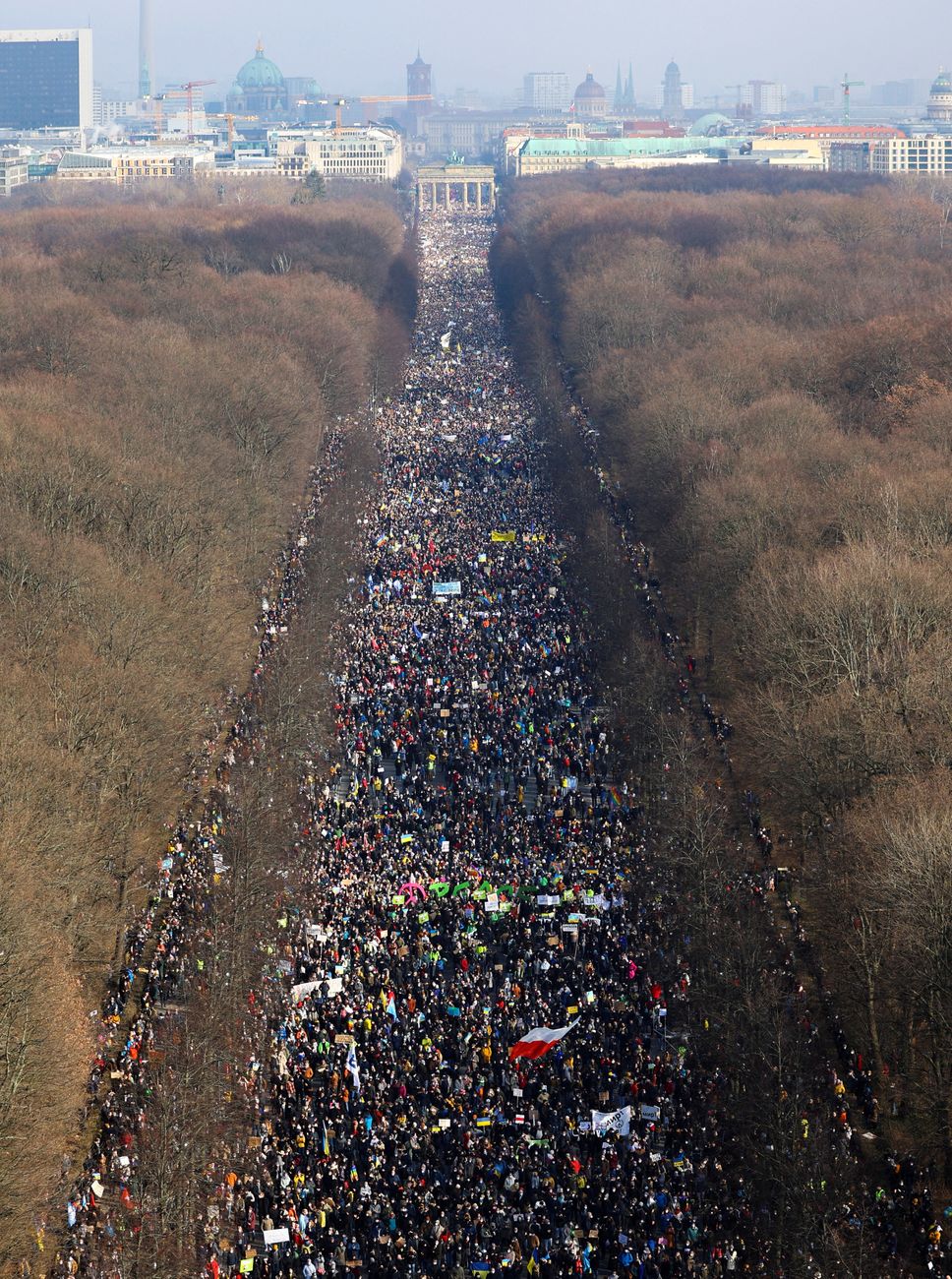
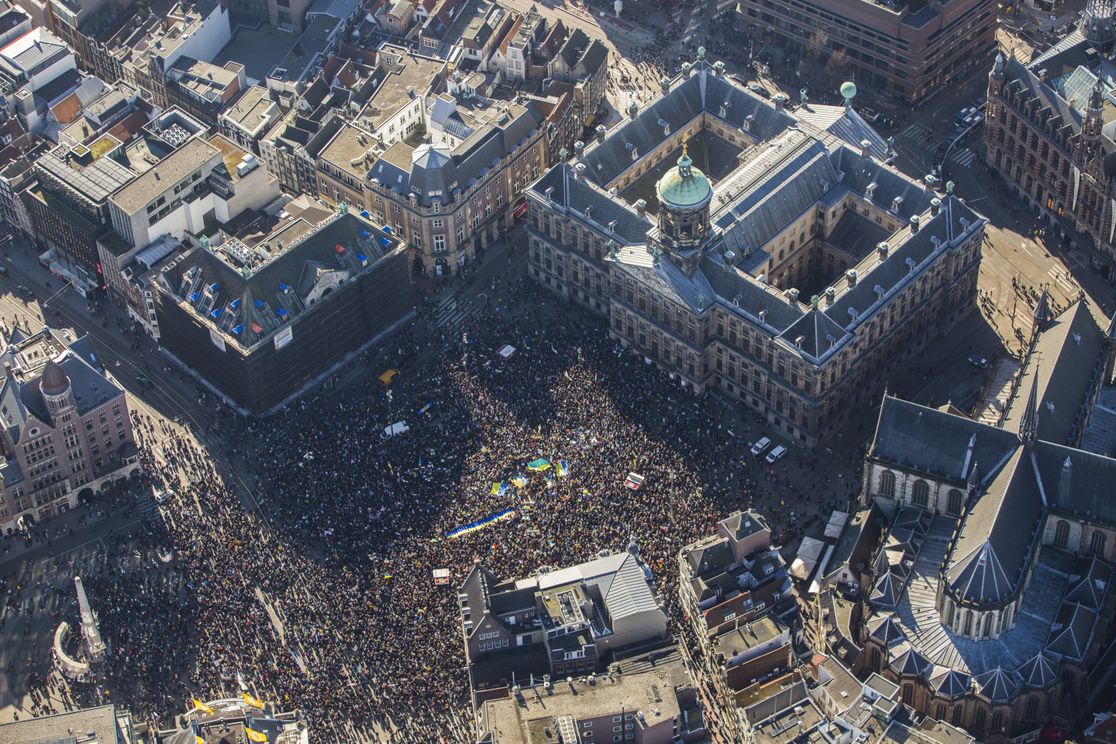
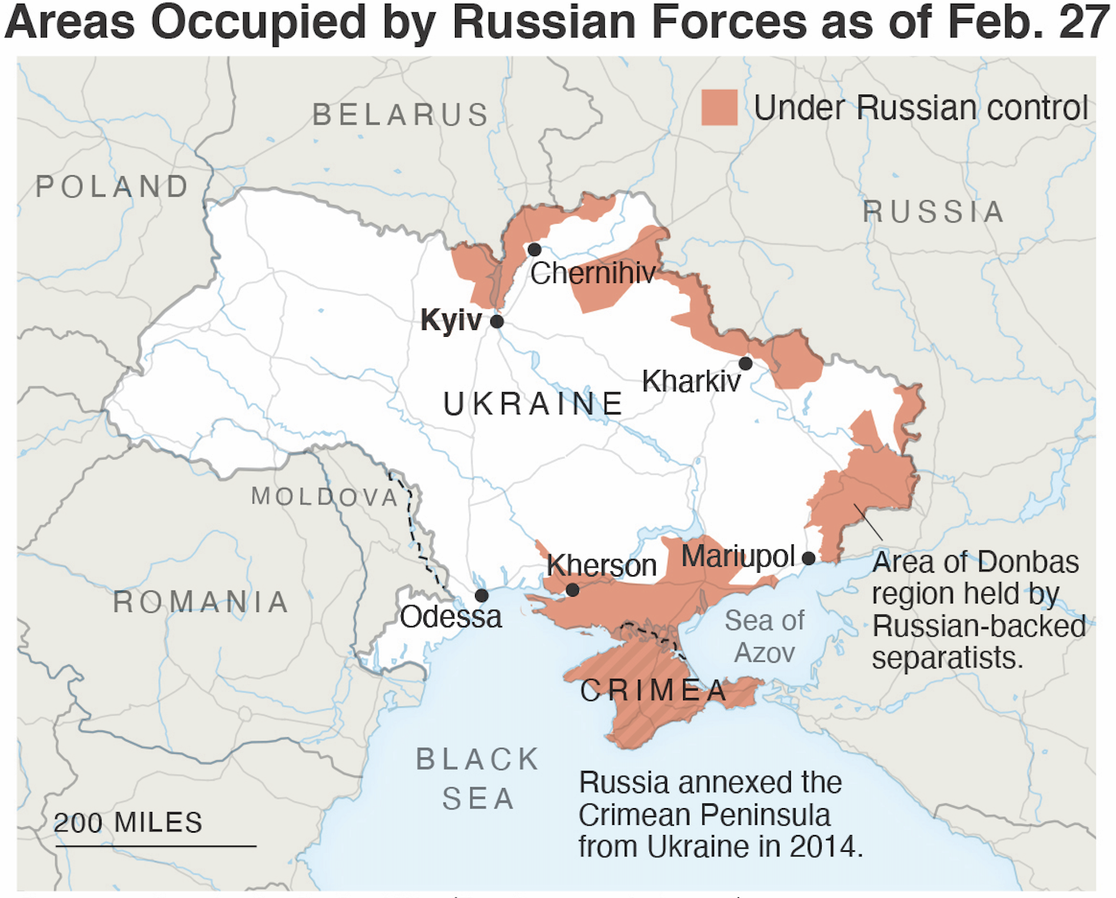
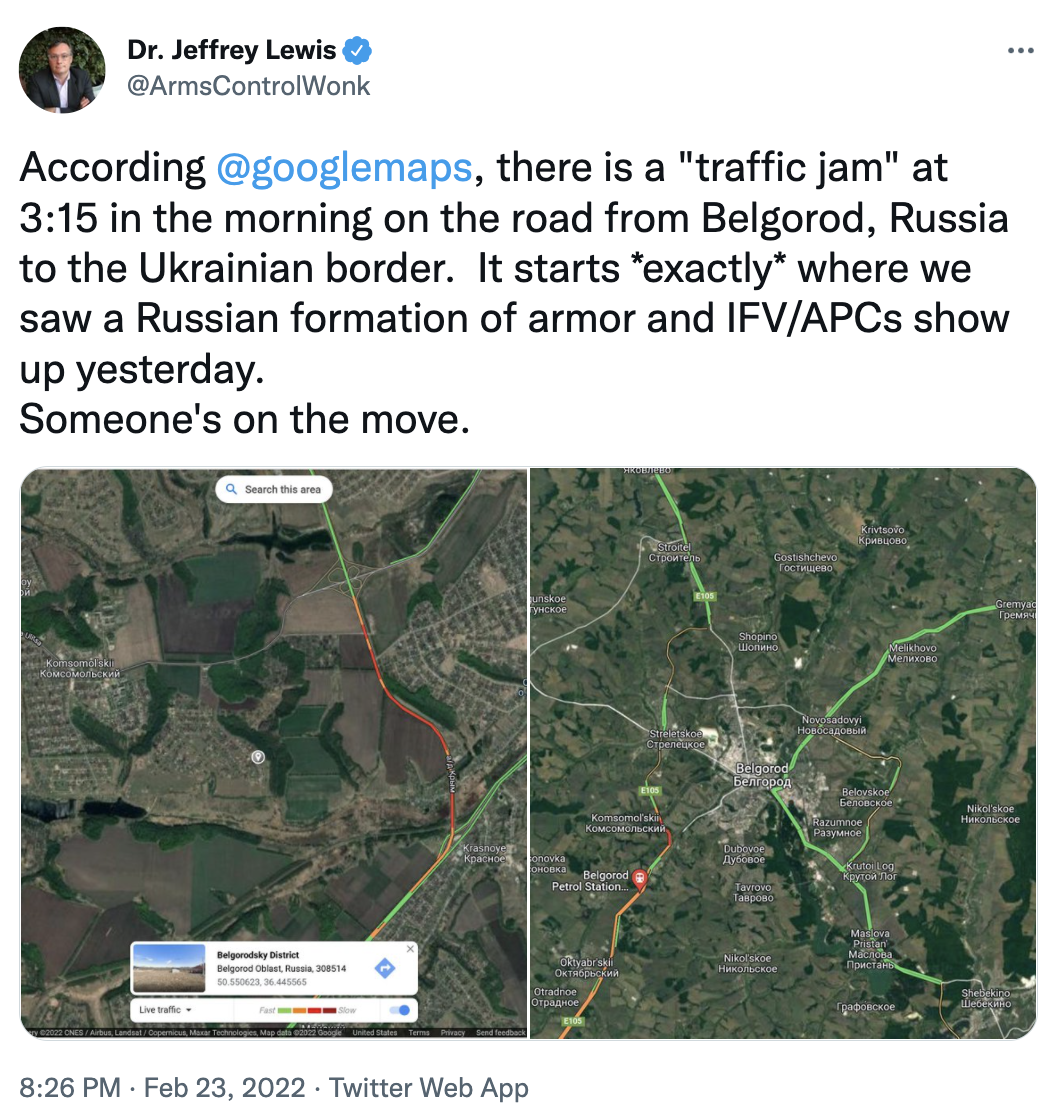



No comments:
Post a Comment